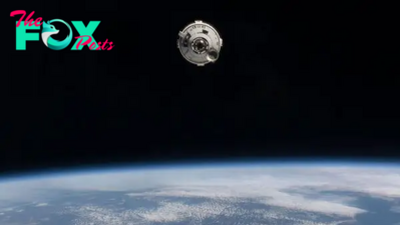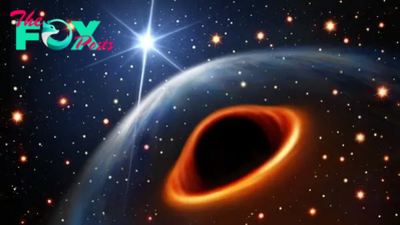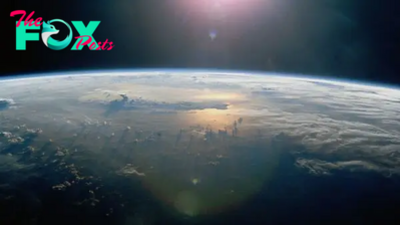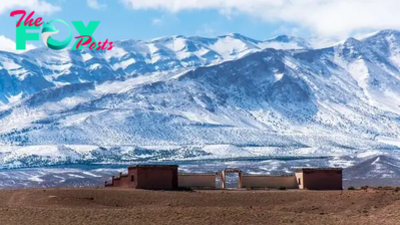Science
Why can't we see the far side of the moon?
Some people see a face in the moon; others see a rabbit or a toad. But regardless of what you see on the lunar surface, we all view the same side of our natural satellite. So why don't we ever see the far side of the moon?
From Earth, it appears as if the moon doesn't rotate at all, but it does spin on its axis, just like Earth does. However, the moon is tidally locked to our planet. That means it takes just as long for the moon to rotate about its axis as it does to orbit Earth — roughly one month.
Tidal locking occurs thanks to gravitational attraction between two celestial bodies. The attraction between the moon and Earth distorts both bodies and stretches them slightly toward each other, into a shape resembling an American Football, said Robert Tyler, a physical oceanographer at NASA's Goddard Space Flight Center. "That would be the shape if all the fluids and solids could respond instantaneously," Tyler told Live Science.
But the fluids and solids that make up both the moon and Earth can't respond instantaneously. When the two bodies pull on each other, they create friction that slows the rotation of both objects.
Related: Will Earth ever lose its moon?
For example, "the moon is pulling on the ocean, so part of the ocean is trying to propagate in a way that would, ideally, create a bulge that was staying right under the moon," Tyler said. But "the tides are dragging across the seafloor and trying to get around continents." It takes time and energy to move the tidal bulge — the end of the Football — in response to the moon's motion around our planet.

The same thing happens as rocks on the moon shift in response to Earth's pull. "Rocks are not elastic. When they get flexed, the energy is going to be used up," Matija Ćuk, an orbital dynamicist at the SETI Institute, told Live Science. "Energy has to come from somewhere, so it comes from the rotation of the body." The moon's rotation relative to Earth slowed down, until it eventually reached zero.
-

 Science18h ago
Science18h agoWorld's loneliest tree species can't reproduce without a mate. So AI is looking for one hidden in the forests of South Africa.
-

 Science1d ago
Science1d ago'I'm as happy as I've ever been in my life': Why some people feel happiness near death
-

 Science1d ago
Science1d ago'Spectacular and definitely hazardous': Yellowstone geyser erupts, firing steam and debris over nearby tourists
-
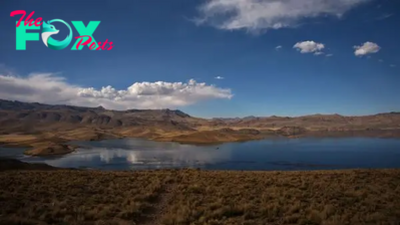
 Science1d ago
Science1d agoAndes region formed in 4 stages over the last 24 million years, new modeling study suggests
-
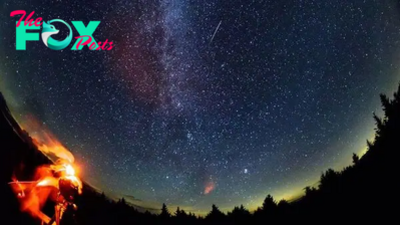
 Science1d ago
Science1d ago'Double' meteor shower will light up the skies next week. Here's how to watch.
-

 Science2d ago
Science2d agoEarth from space: 'River of tea' bleeds into sea after Hurricane Sally smashes into US coast
-
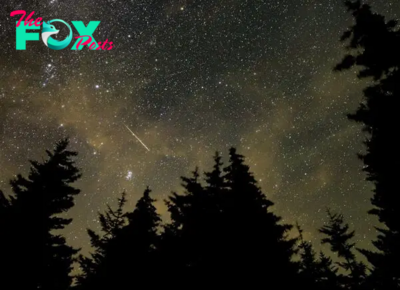
 Science2d ago
Science2d agoThe best meteor showers of 2024 are yet to come. Here are the key nights to watch for.
-

 Science3d ago
Science3d agoDiscovery of 'dark oxygen' from deep-sea metal lumps could trigger rethink of origins of life
